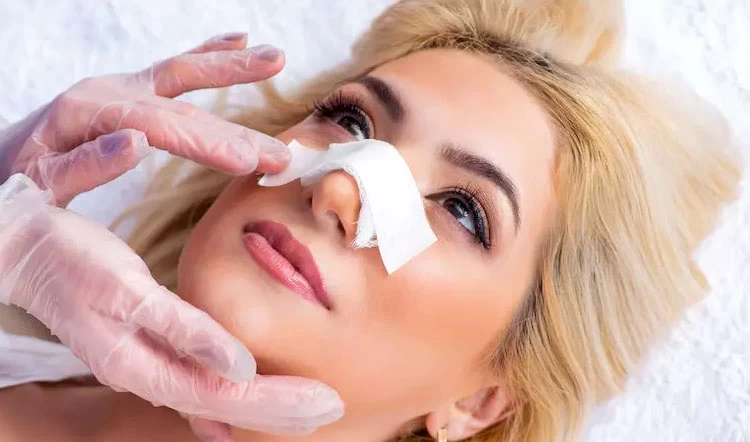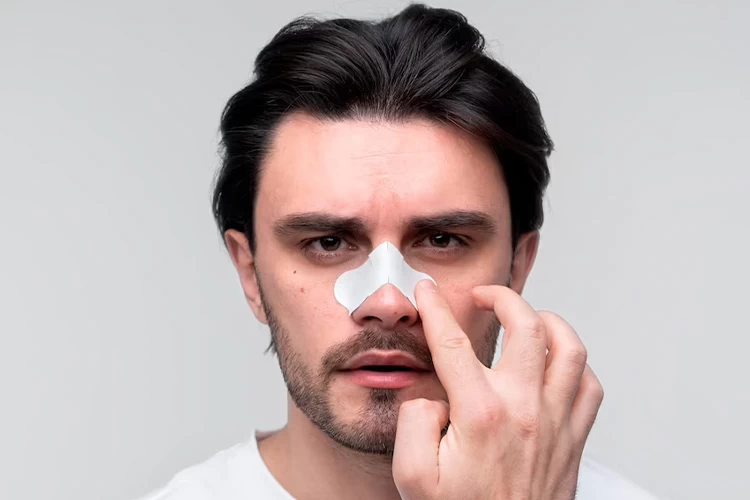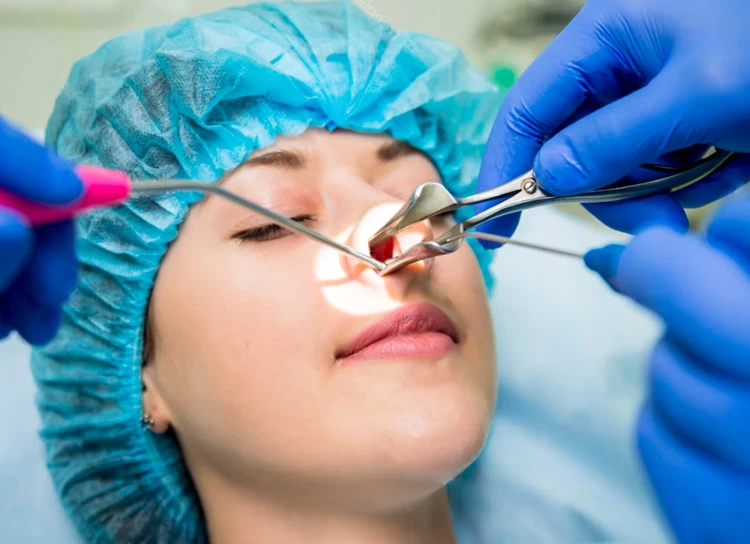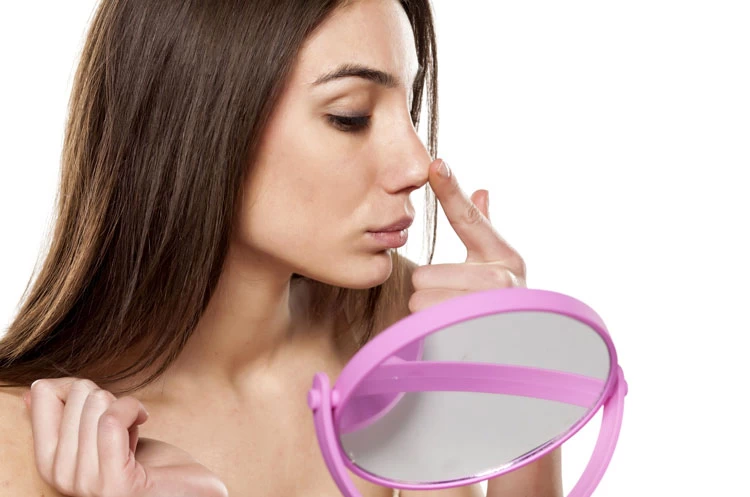Nose asymmetry after rhinoplasty is a complex issue involving physical and emotional aspects, requiring an understanding of surgical techniques, healing processes, and psychological well-being. Addressing it involves surgical and non-surgical corrections, patient satisfaction, swelling and scar tissue impact, and the importance of setting realistic expectations.
The guide provides insights into managing and preventing asymmetry, emphasizing the critical role of choosing a skilled surgeon, adhering to post-operative care, and exploring complementary procedures to achieve a balanced and satisfying outcome.
In rhinoplasty, the nose's structure is manipulated, so breathing problems are not surprising. Once the nasal swelling is down and the stitches are removed, you can breathe normally and easily through your nose. This process takes about 8 to 12 weeks, depending on your healing rate and the complexity of your procedure.
During rhinoplasty surgery, some vessels and tissues of the nose may get hurt and cause bruising. Fortunately, bruising after a nose job will be resolved within a month on its own, but you can use a cold compress, drink more water, avoid blood-thinning medications, and have a healthy diet to get rid of it faster.
Both external and internal splints are used to protect the nasal structure and maintain its shape and position. The internal splints are usually removed within 1-2 weeks, while the external ones are removed 48 hours after rhinoplasty. Nasal tampon removal is not painful, but some people may feel pressure when it’s being pulled out.
Sleeping after rhinoplasty can be uncomfortable as breathing properly through the nose is hard. To sleep better, sleep on your back and put two pillows under your shoulders to keep your head elevated. It is also suggested to sleep alone to prevent being hit in the face by accident.
Taping the nose after rhinoplasty is important as it supports the nasal bone and avoids extra swelling. Start taping your nose by cleaning your skin with micellar water and a cotton pad. Then, stick the tape strips on your nose that fixes the nasal cartilage in its new position.
Botched rhinoplasty happens when the surgeon damages the nasal structure or changes its shape adversely. Difficult breathing, having a dent on the nose, low nasal bridge, etc., are the main signs of botched rhinoplasty. Although a bad nose job is uncommon, you can fix it by getting revision rhinoplasty or injecting fillers.
Septoplasty has a two-week recovery, but its final results may appear six months after the surgery. During the recovery period, get enough rest, clean your face with a sterile pad, avoid heavy activities, take your medications as you have been instructed, drink plenty of fluids, and avoid smoking to heal faster and have a more comfortable recovery time.
Whether your nose is upturned due to genetics or failed rhinoplasty, both surgical and nonsurgical nose jobs can fix it. In standard rhinoplasty, the surgeon adds bone and cartilage to the septum to make it look longer. In nonsurgical operations, the doctor injects filler into the nasal tip to change its shape.
Swelling is a common complication of nose job surgery and may last up to a year, although most of it subsides within a couple of months. To reduce nose swelling faster, use a cold compress, keep your head elevated, maintain a healthy diet, and avoid anything that elevates your blood pressure or thins your blood.









